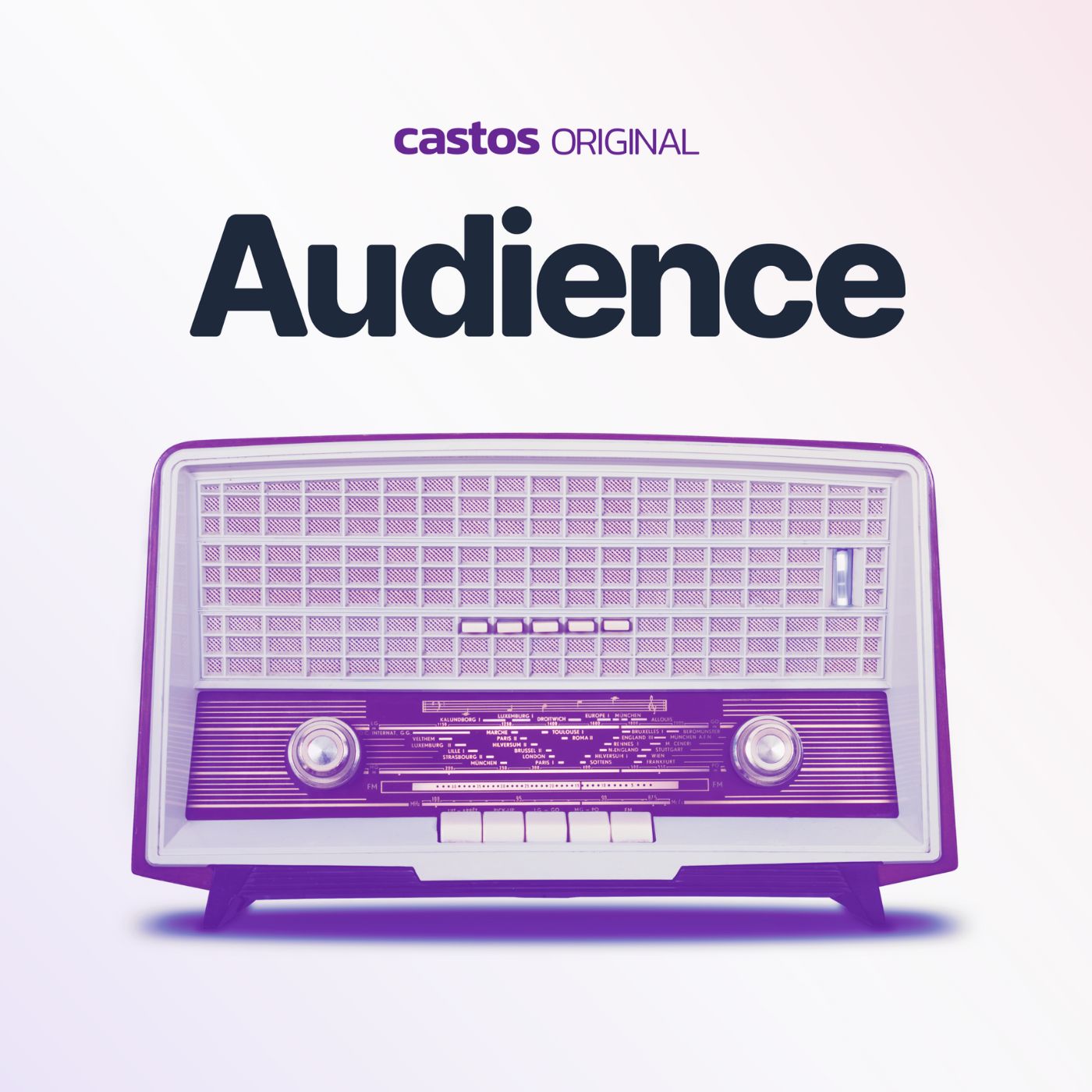
Upping Your Podcast Game, And Listener Questions

Audience
Shownotes Transcript
The team at Castos is excited to announce that our premium course on how to create a great podcast is now entirely free. Check out the Podcast Like A Pro course) today to get 25+ lessons on everything from:
- Listener personas and popular podcast topics
- Gear, microphones, and setup recommendations
- Audio recording and editing software recommendations
- How to achieve professional sounding audio for your final episodes
- Writing SEO-friendly show notes for your website
- Setting up a podcast hosting platform account and website
- Submitting your podcast to popular listening apps
- Launching your show with style
- Growing your audience and approaches to monetization
All you need to do to gain access is sign up on Teachable. You’ll instantly receive the entire 25+ lesson library of videos and resources to get started.
Questions From Our Facebook Group
In this episode, we discuss a handful of questions from our Podcast Hackers group on Facebook). This is a place where we have lively discussions around what’s working well in people’s shows and what they’re struggling with. As a community, we share our knowledge to succeed as a group.
What can I do to help get my show into the New and Noteworthy section in Apple Podcasts?
Great question here, and one that is asked a lot. Getting into the New and Noteworthy section of Apple Podcasts) can do a lot to increase your reach, especially as a show is launching.
There are two parts to the New and Noteworthy section: The New and The Noteworthy. Let’s examine each of these individually.
The “New” aspect refers to a podcast that was approved by Apple within the last 8 weeks. So the clock is ticking once the show has been approved to make a splash in those first few weeks.
During these 8 weeks, there are two Calls To Action) (CTA) that you want to encourage.
For your broader audience members, the goal is to get them to subscribe so they receive each episode as soon as it’s published. This will ensure download numbers stay steady and there less one-off listens.
For those who subscribed (we like to refer to this as your Tribe), take things a step further and ask them to leave a rating and review in Apple Podcasts. These go a long way towards increasing the social proof for your show, which in turn will bring in more listeners and subscribers.
The Noteworthy aspect of New and Noteworthy is more subjective and is driven by a team at Apple directly. These are shows that might be following a recent trend (like COVID-19 right now), a show about a political campaign, or maybe a show about a TV series that’s just started. There’s not much that any of us can do to influence this decision, other than creating great content and empowering our listeners to spread the word as much as possible.
I want to create great sound, but don’t know where to start (on a budget preferably)?
This may be is the single biggest hurdle that folks have when starting a podcast. And for good reason. Many podcasters don’t have a background in audio engineering but strive for a professional sound. There are a few pieces to this equation, so let’s examine each separately:
Podcast Microphones
This is really where great sound starts. You can save yourself a lot of trouble, time, and headaches down the road with a good microphone.
I’ve been using the Audio Technica ATR2100) mic for 5 years now and (I think) it still sounds great. This is a USB microphone that plugs directly into your computer without needing a preamp or other equipment.
Another option worth considering is the Rode NT Mini USB) mic. Rode is a fantastic audio gear company and this is their newest mic offering. It’s also a USB mic but with the added benefit of a pop filter built in.
Other Gear You’ll Need
Once you’ve settled on a mic there are a few other pieces of audio gear you’ll want to consider.
Firstly, a Pop Filter). Unless it’s built into your mic (like the Rode NT Mini USB above), these dampen the harsh P and T sounds when we say words like “thanks” and “pop”. The sounds are very difficult to remove in post production, so eliminating them from the recording altogether is the best way to improve the audio.
Additionally, it’s worth considering a boom arm) to attach to your microphone. The stand puts the mic at the same level of your mouth, which makes it more comfortable to sit and podcast for a longer period of time. It also ensures your microphone captures the proper vocal qualities. When the microphone is positioned too high or low, it alters your normal speaking voice as you strain to talk into the mic.
Audio Editing And Recording Software
If you’re recording locally on your computer, Audacity) is a great tool. It’s a free, open source software that works on Mac and PCs.
For remote recordings where cohosts live in multiple places, we recommend SquadCast). This is an in-browser tool that records high quality sound without any being affected by internet speed, latency, or dropouts.
Where do you get royalty free music and sound effects for your podcast?
The key here is the “royalty free” part. Unless you want to pay royalties, you can’t use commercial music in a podcast. Some music is allowed under the Creative Commons license, but those tracks have to be attributed to the artist each time they’re used. For podcasters, that means attribution must appear in each episode.
Using royalty free music) is a great way to pay one for a track, then use it over and over again without needing to mention the artist.
Of the services who offer royalty free tracks, some use monthly subscription plans and others allow for one-off purchases. If you use infrequently, purchasing a one-off track is probably the best, most affordable way to go. But if you like using new tracks for each episode, then a subscription service may be a better fit for you.
Here are a few resources we like for both of these options:
Still confused on the intricacies of including music in your podcast? Read our comprehensive guide on where to find free and affordable podcast music).
How do you create show notes for each episode?
Show notes are a written summary of each episode. They are meant to serve two purposes: provide SEO value as users search for something relevant to your show, and to be a resource for your listeners to refer back to.
The process of creating show notes is a relatively simple one. Within Castos Productions), our audio engineers mix the final audio then our team of writers produce the show notes.
For DIY show notes), make sure to include these sections:
- A paragrph style summary of what the episode is about
- A bulleted list (with or without timestamps) of topics discussed
- Links to resources mentioned within the episode
Good show notes will serve those two purposes very well: be a written form of your podcast episodes for search engines like Google as well as for visitors to your site who haven’t listened to your show yet. But also as a resource for your listeners who want to refer back to something you mentioned, or get a link to something (like one of the podcasting mics from this episode) earlier in an episode.
For current writers and bloggers, another option is repurposing existing blog posts into podcast episodes. As a result, the show notes are already finished and are extremely thorough (like the ones for this episode we hope ;)).
In our interview with Kevan Lee from Buffer), we learned how their team approaches repurposing their high performing blog content.
Have questions for a future episode?
We want Audience to be about the things you care about. Have a question that we haven’t covered yet? Send them our way. Drop us a message in our Podcast Hackers) Facebook group and we’ll include it in a future episode.